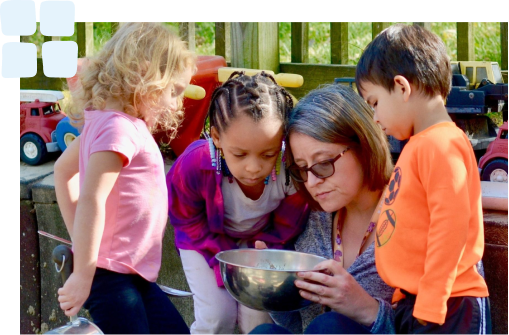What We Teach
Curriculum Framework
“Using HighScope’s approach shows what can be done when teachers work with children as partners in the active learning process.”
Learning is focused on six content areas:
Learning is focused on six content areas:
Learning is focused on six content areas:

Social & Emotional Development

Social & Emotional Development

Physical Development & Health

Physical Development & Health

Communication, Language & Literacy

Communication, Language & Literacy

Cognitive Development

Cognitive Development

Creative Arts

Creative Arts

Approaches to Learning

Approaches to Learning
What We Teach
Curriculum Content
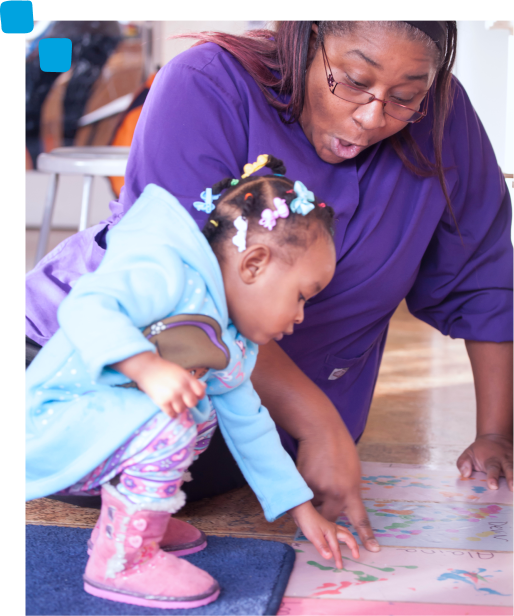
Shop For Infant-Toddler Curriculum

How We Teach
Curriculum Delivery
In a HighScope child care setting, it is important to have teachers and caregivers who lovingly, consistently, and creatively support children’s natural desire to be active learners. Creating an active learning environment for infants and toddlers means consciously considering all their needs. An understanding of HighScope’s active learning approach guides the decisions infant-toddler caregivers make about every major aspect of their work — observing and planning for children, interacting with children and families, arranging and equipping the learning environment, establishing schedules and routines, and assessing early development and program quality.
Active learning is at the center of the HighScope Curriculum. It’s the foundation where young children gain knowledge through their natural play and interactions with the environment, events, and other people.
The Infant-Toddler Wheel of Learning

The Active Learning Model
Adult-Child Interaction
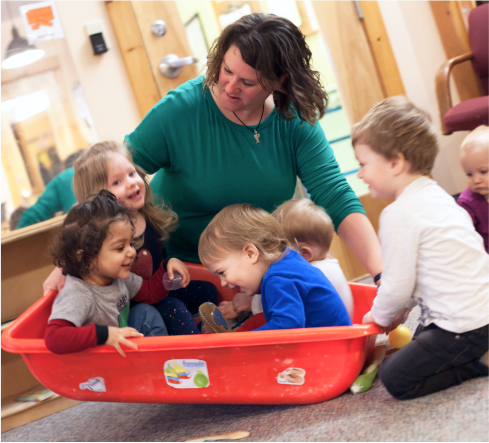
Learning Environment
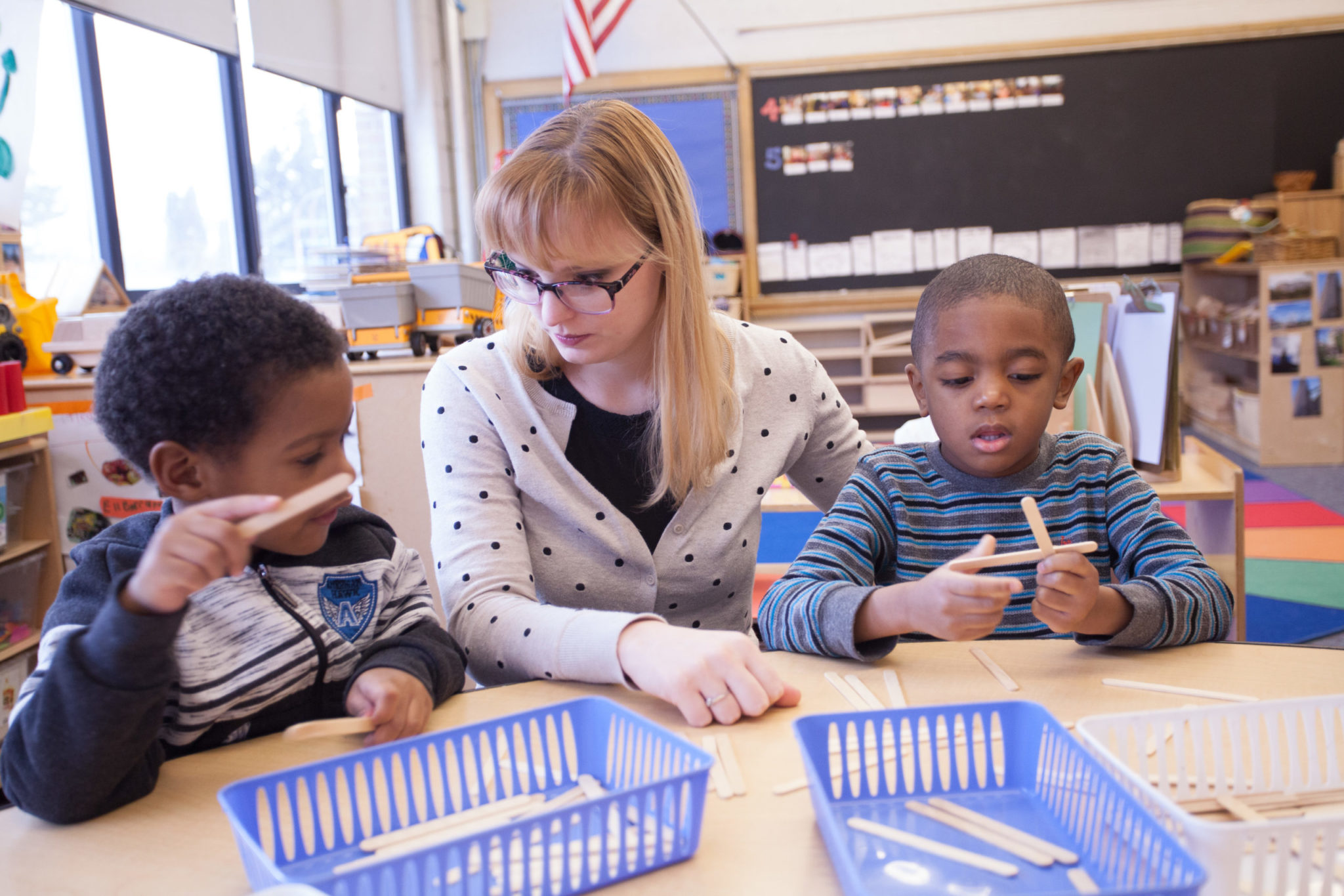
Daily Routine
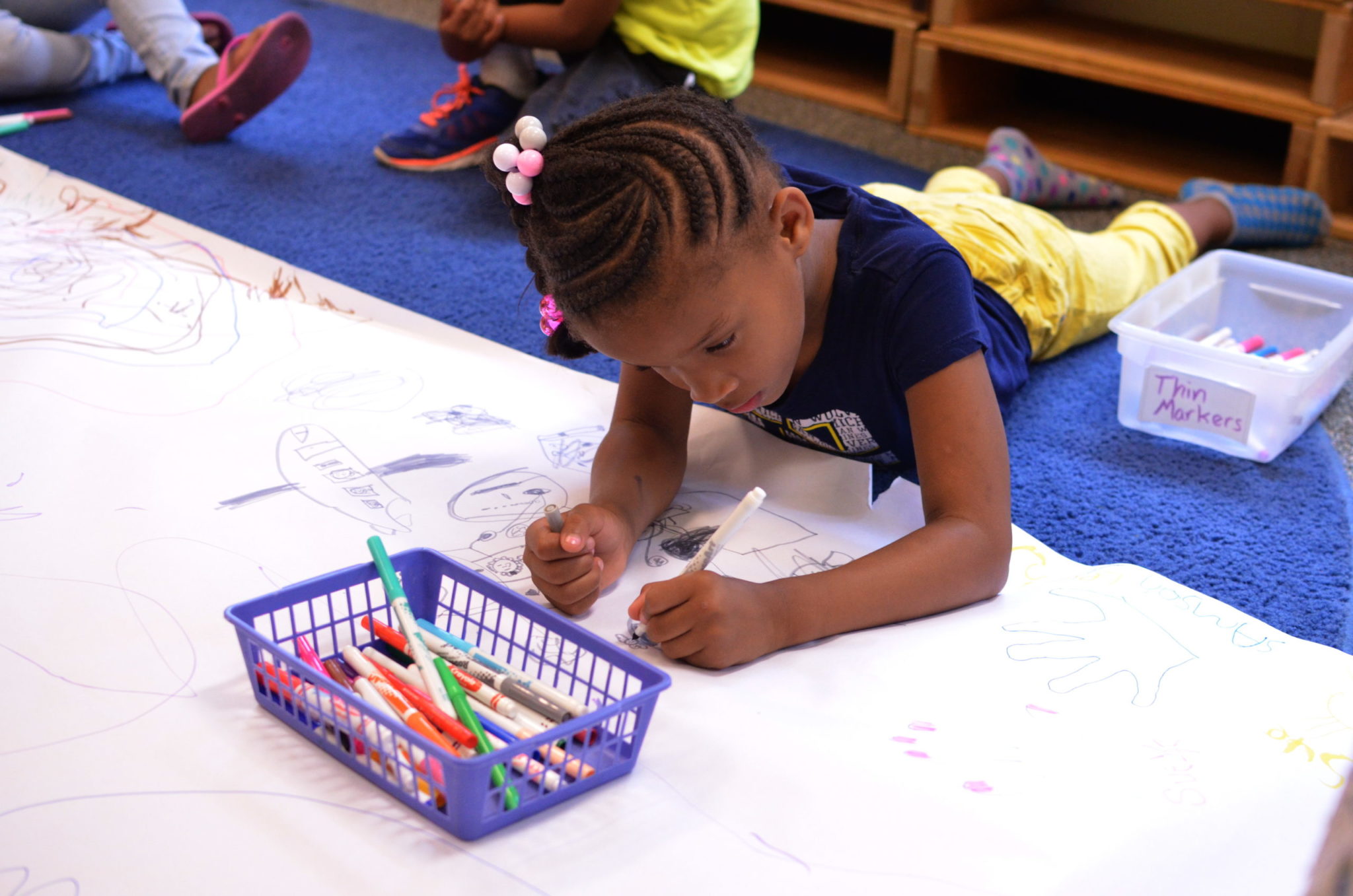
Assessment
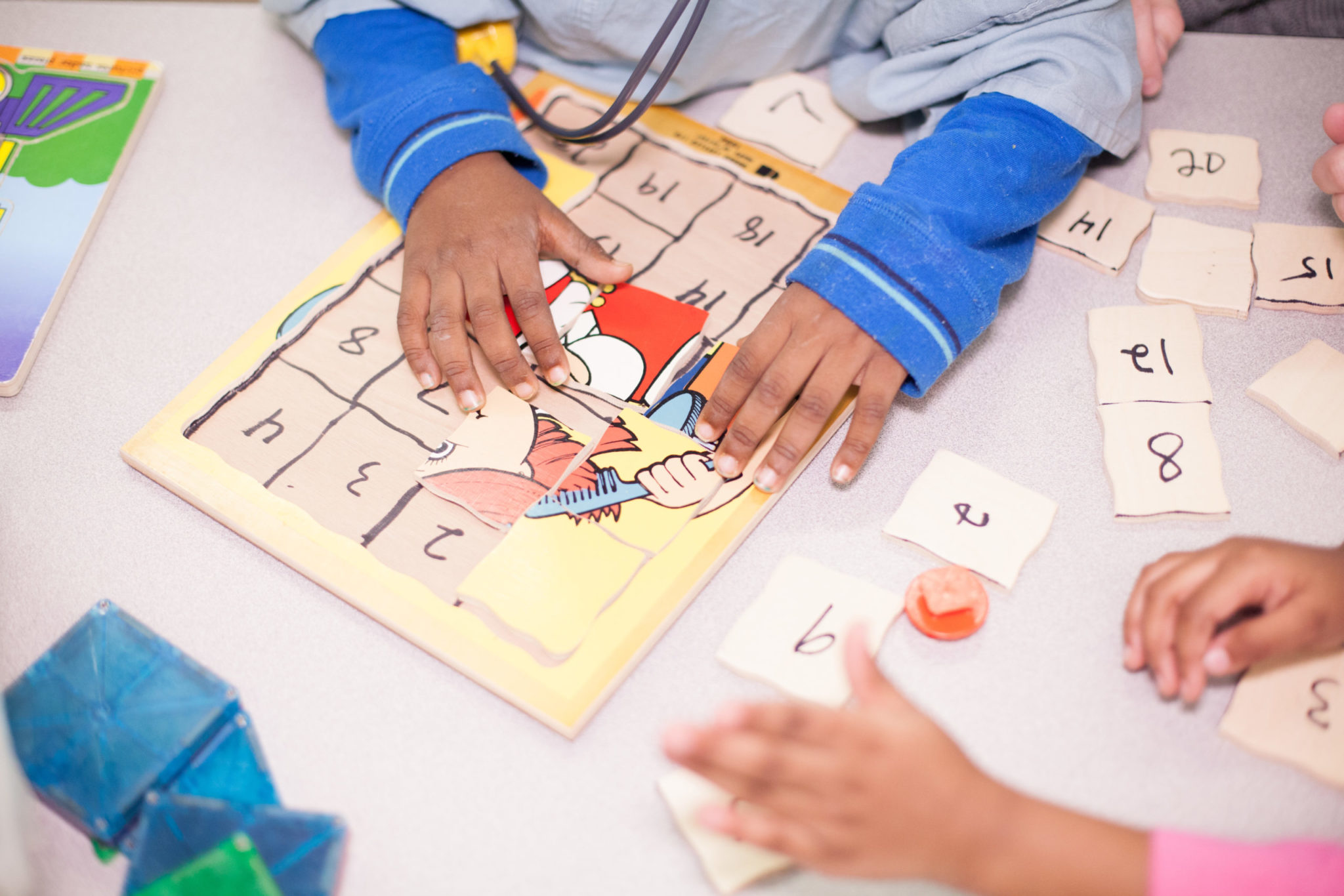
Seeing is Believing – Visit a HighScope Near You!
Interested In HighScope?
Become a Member Today!
